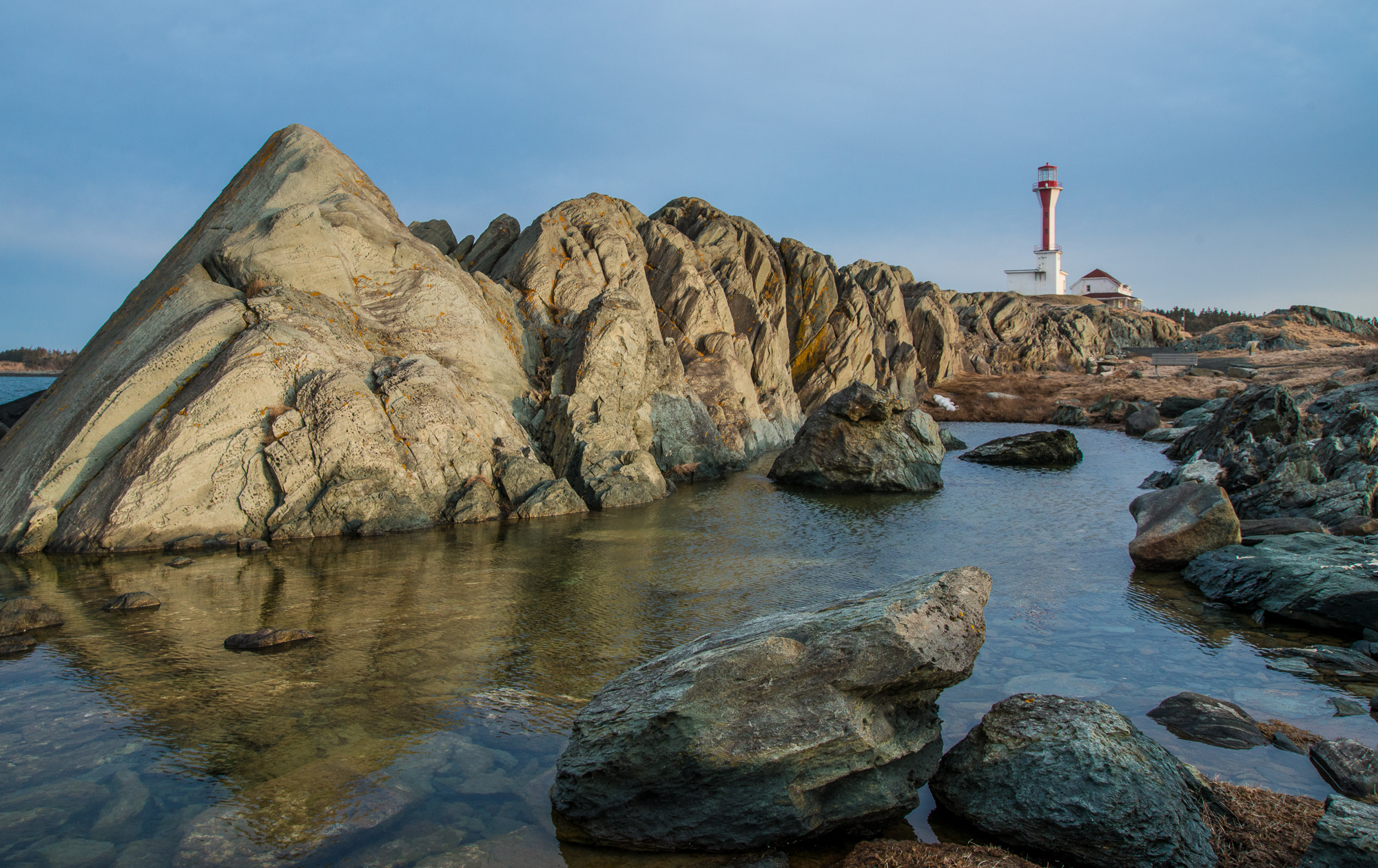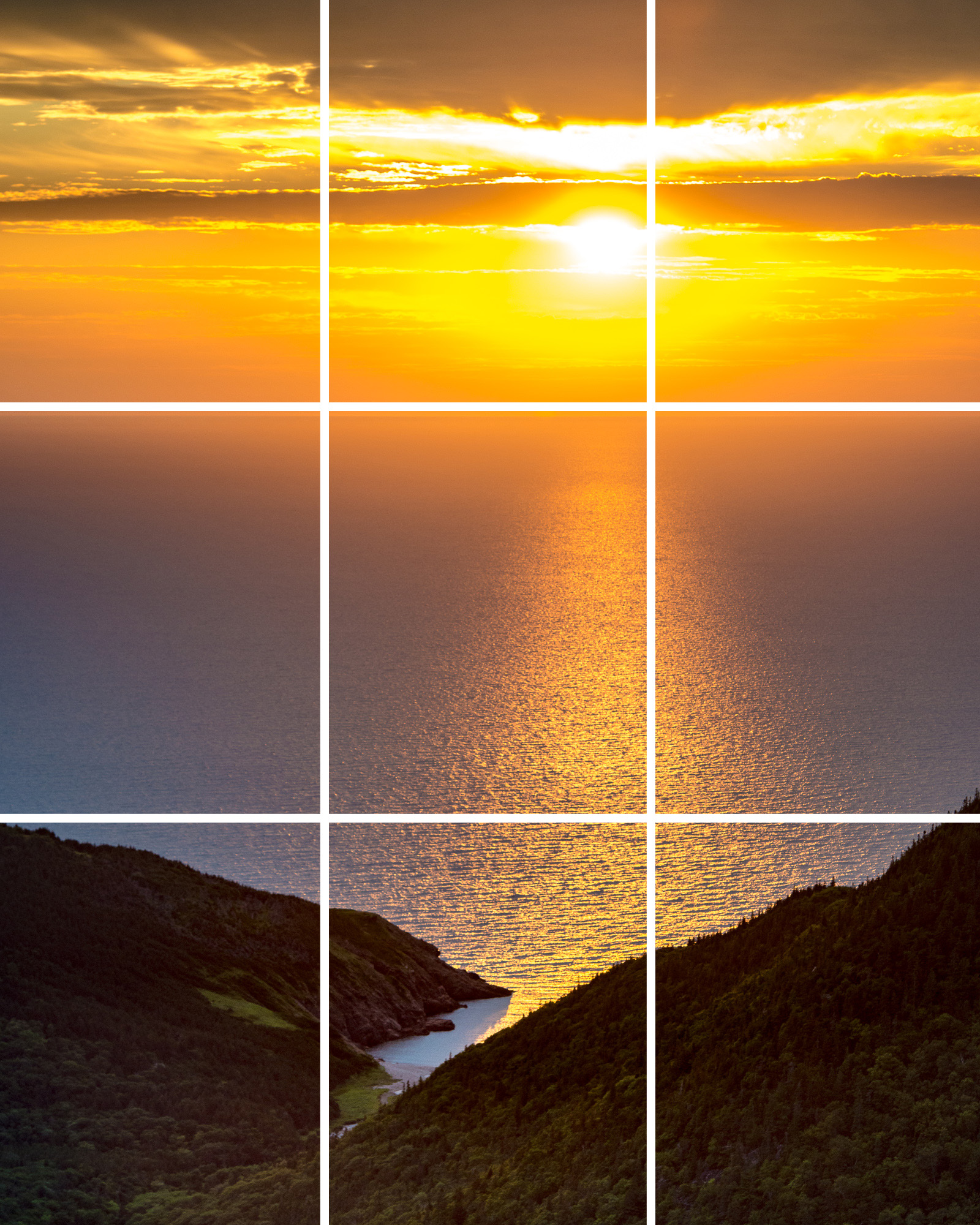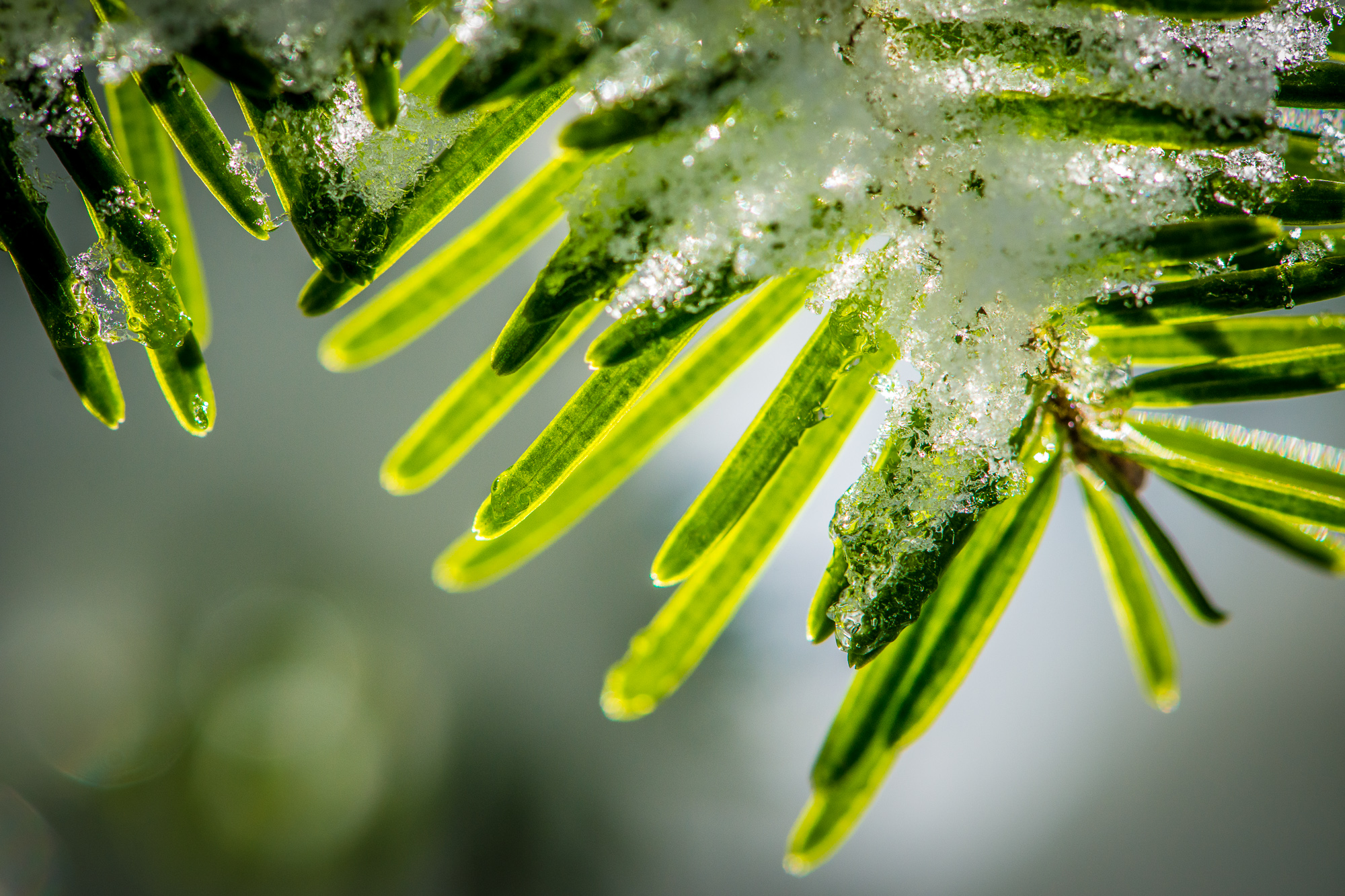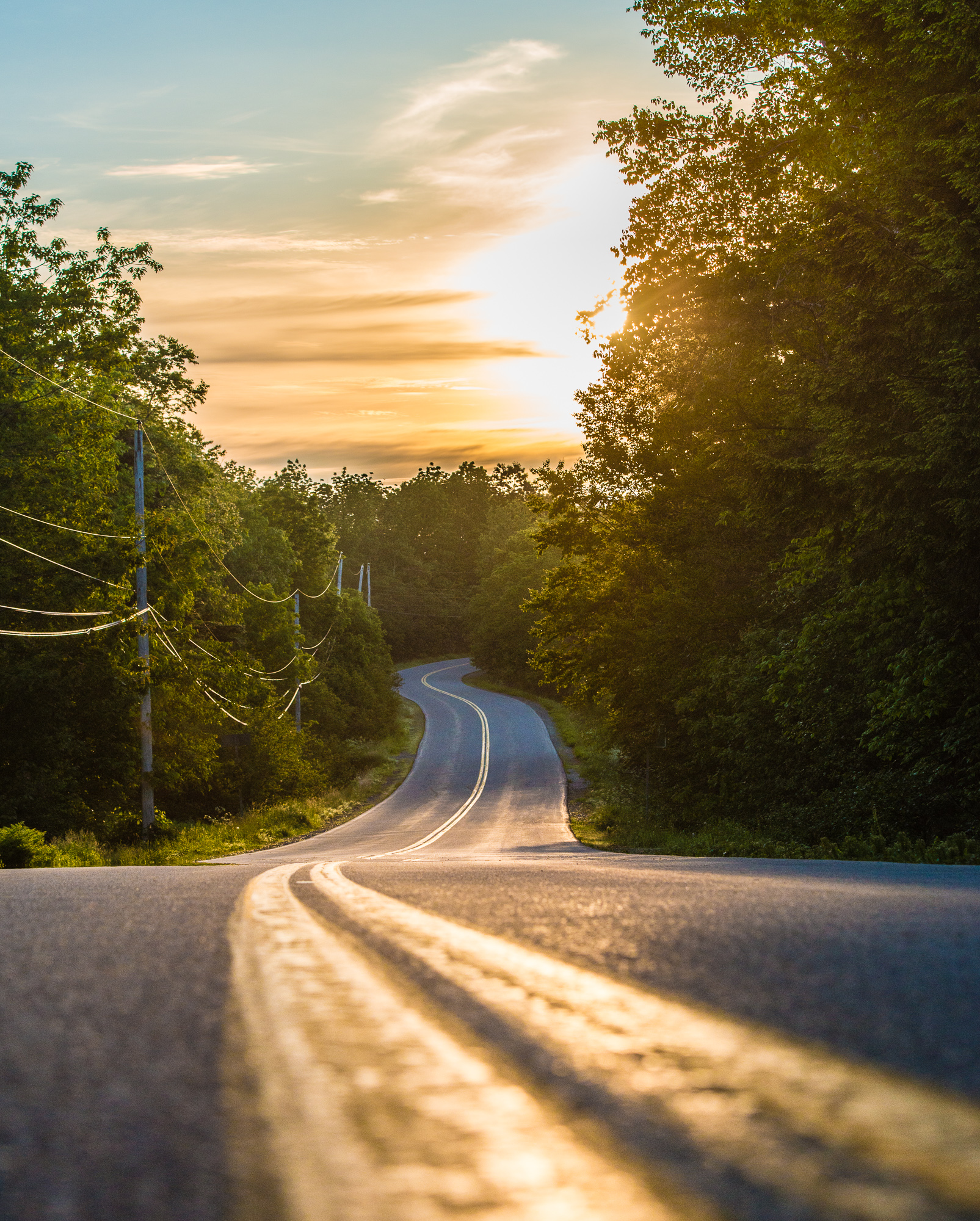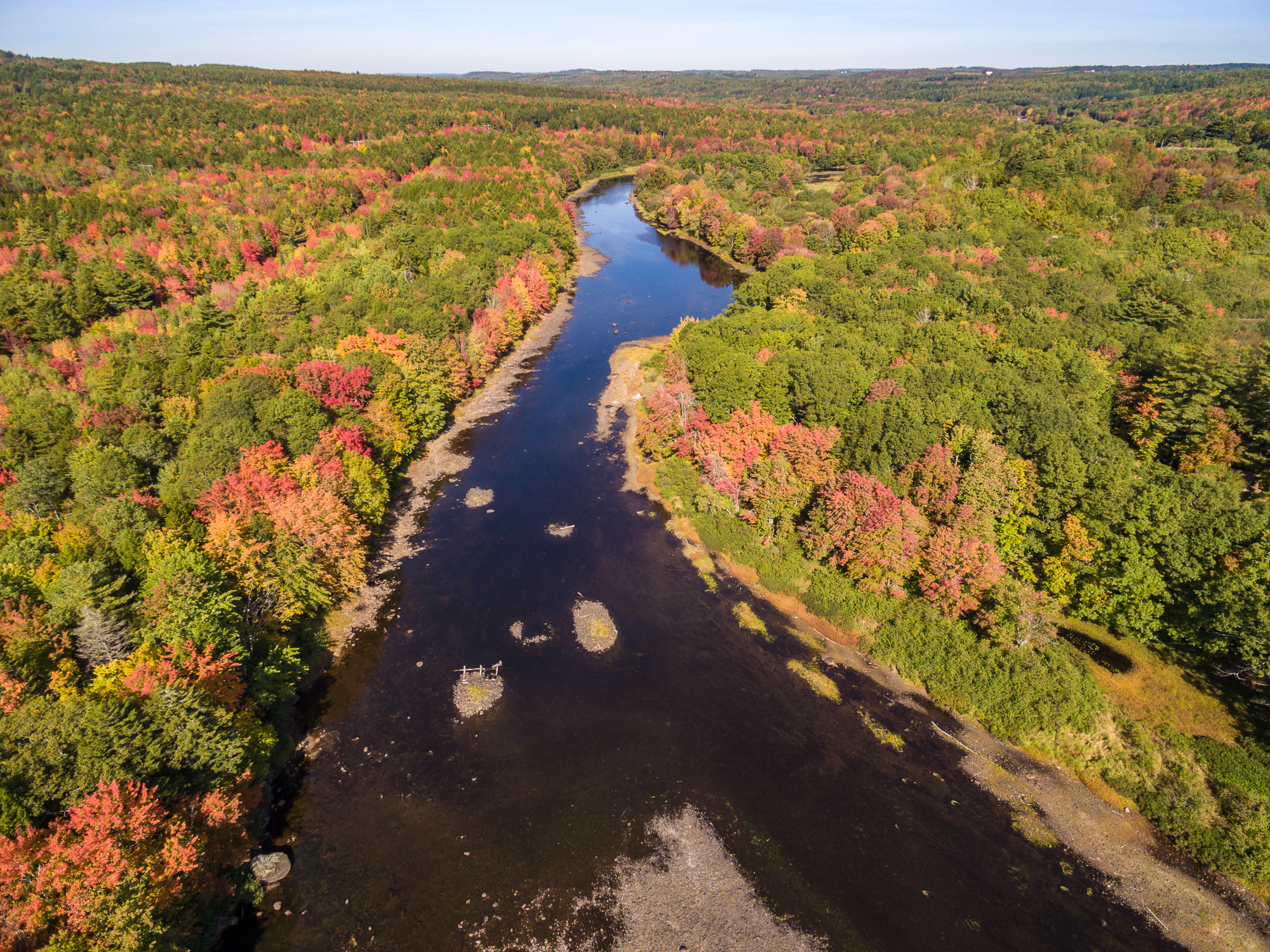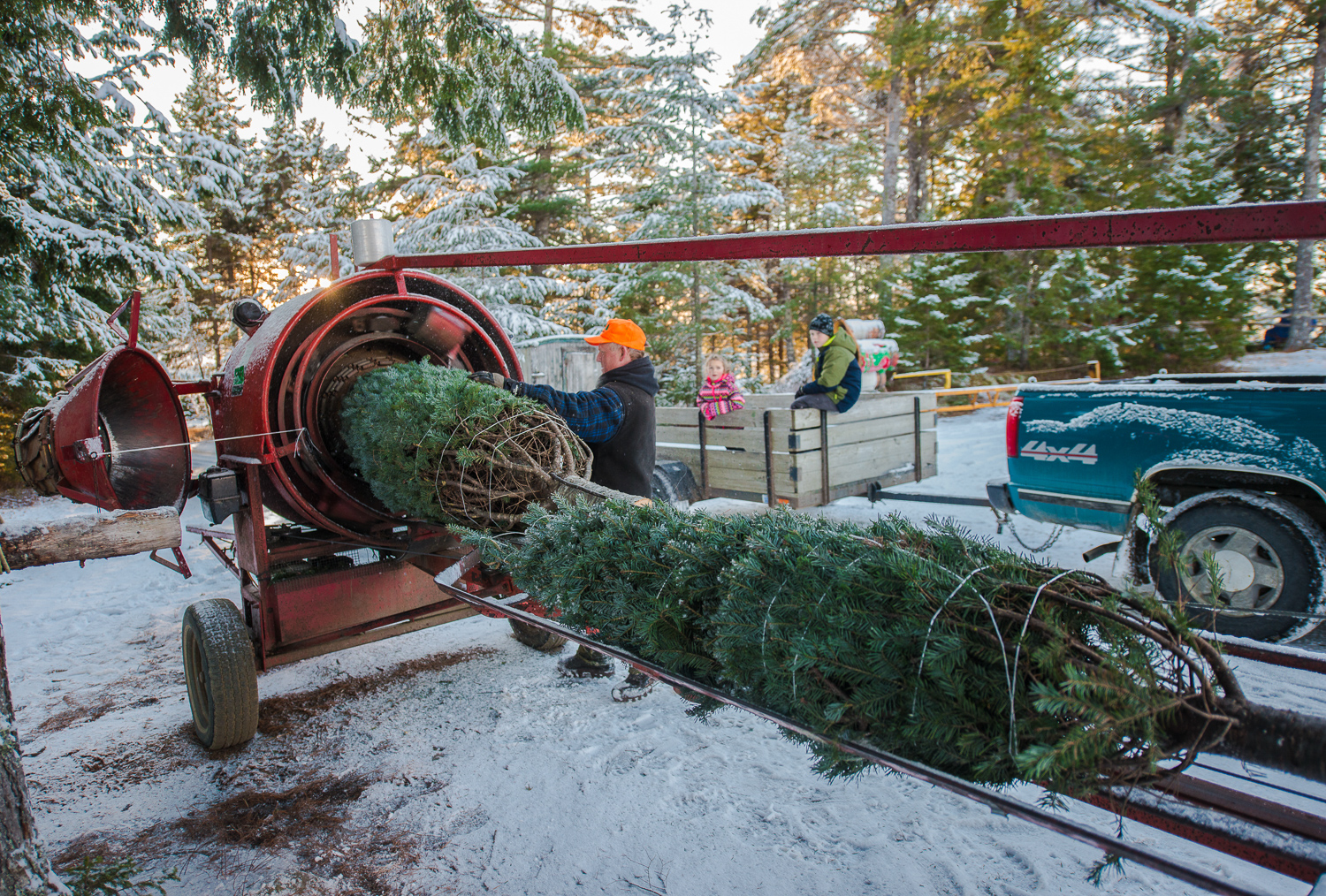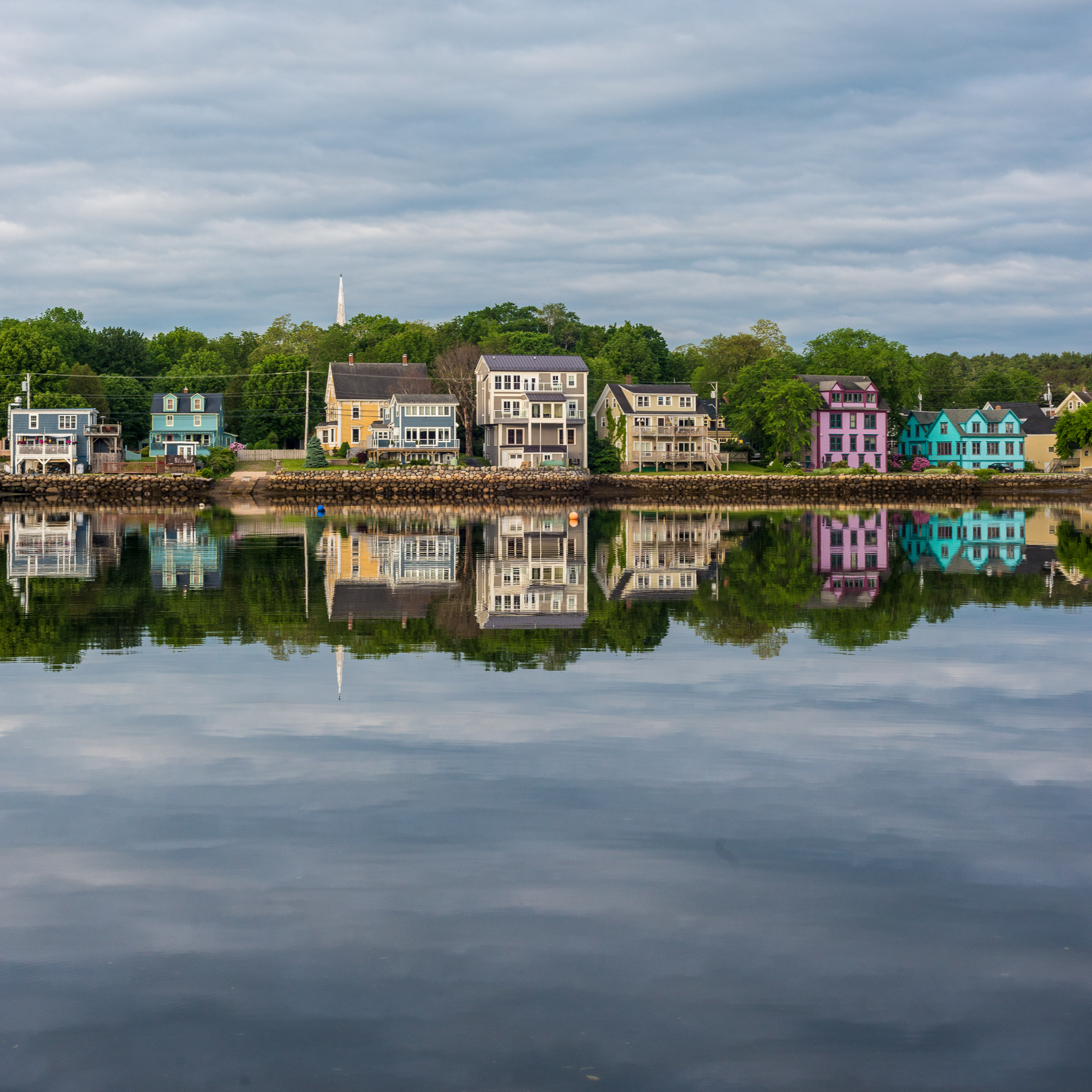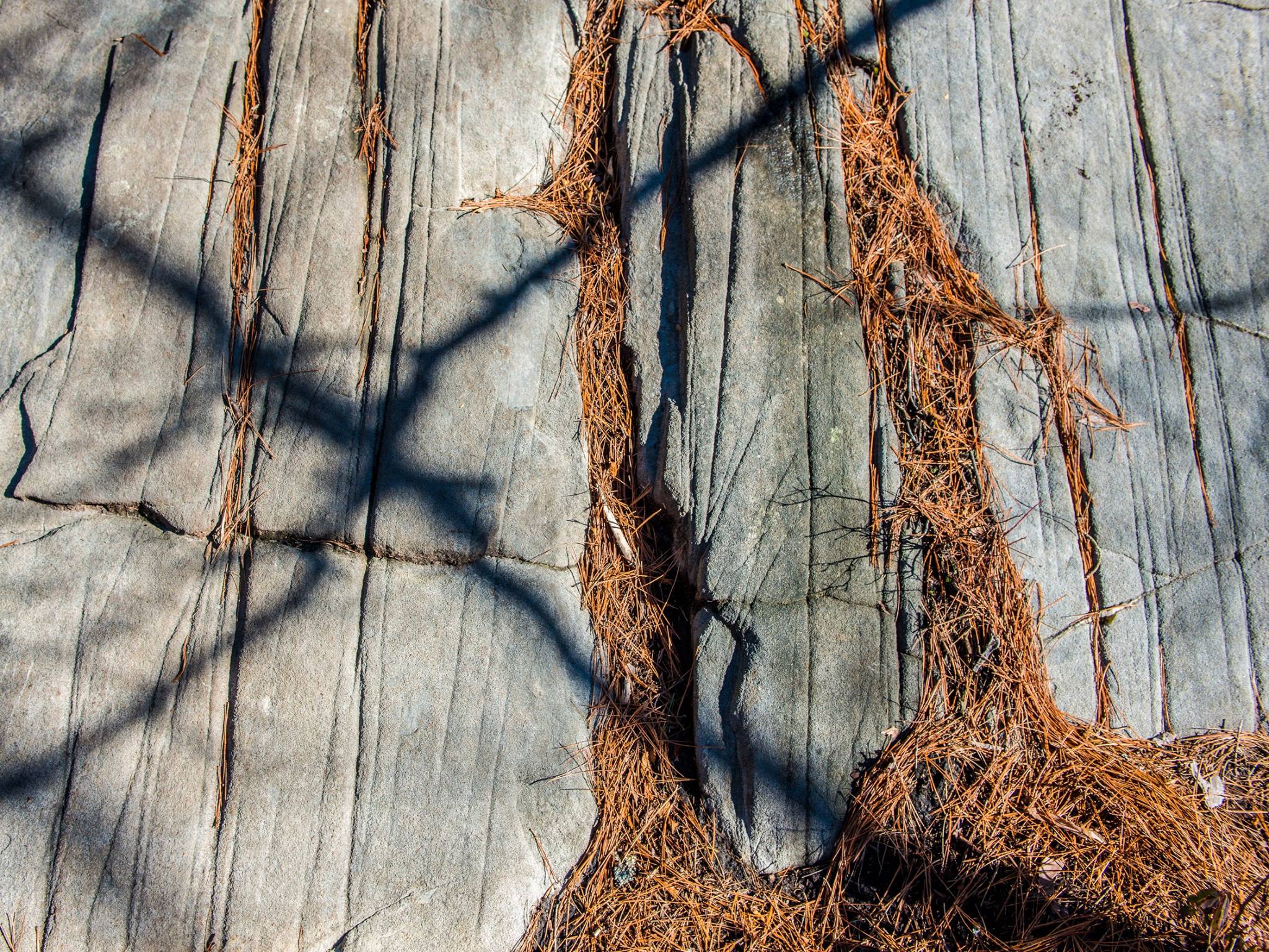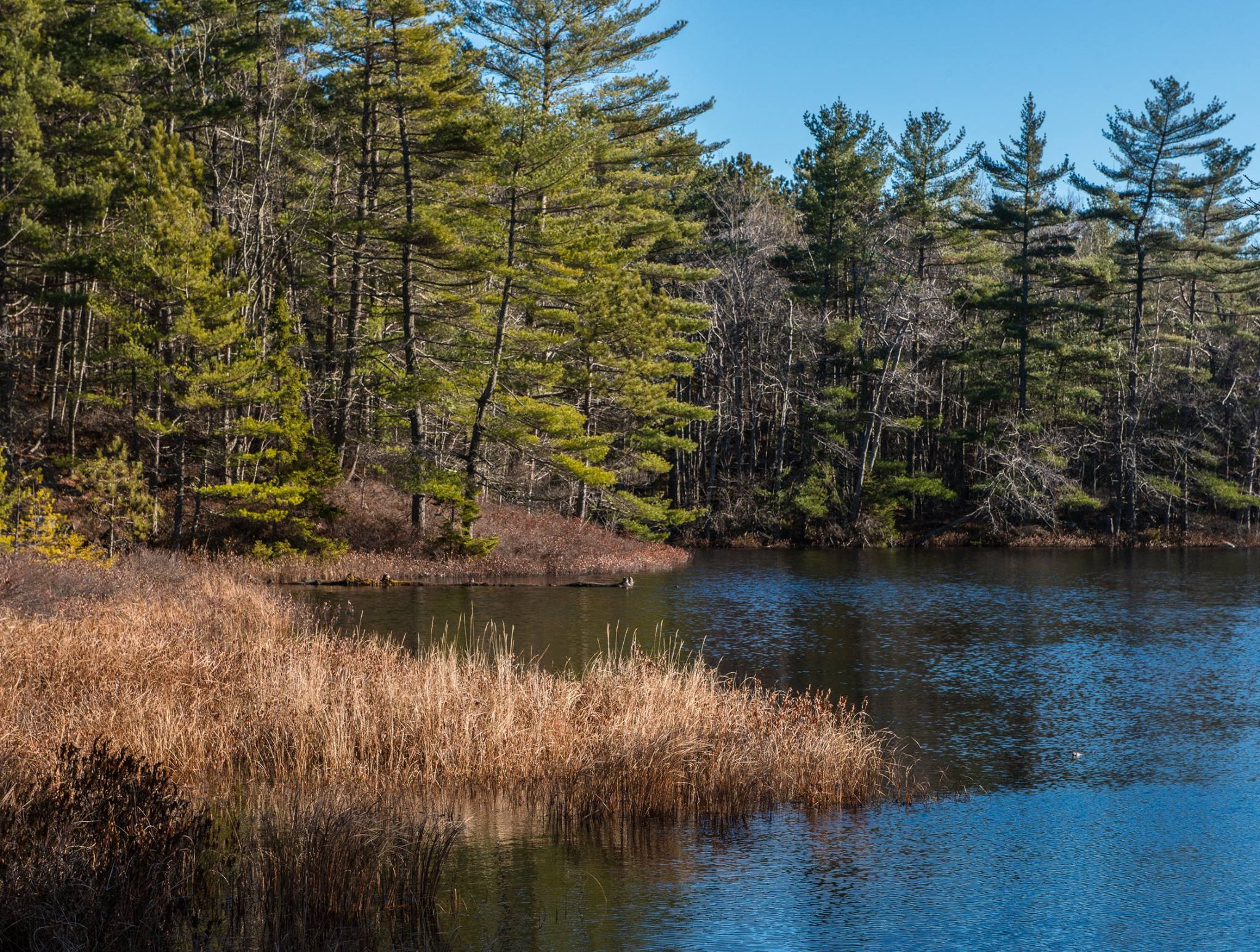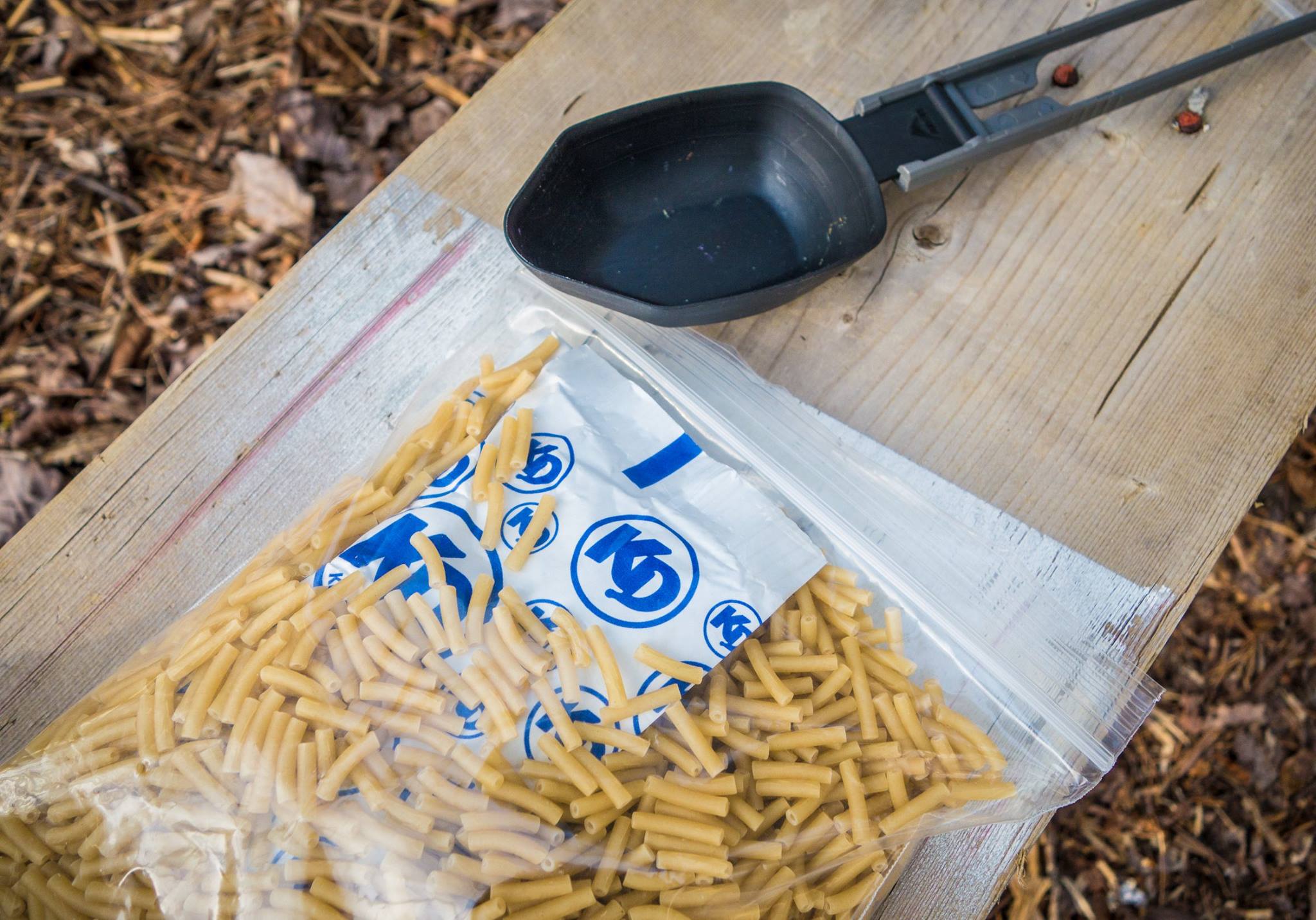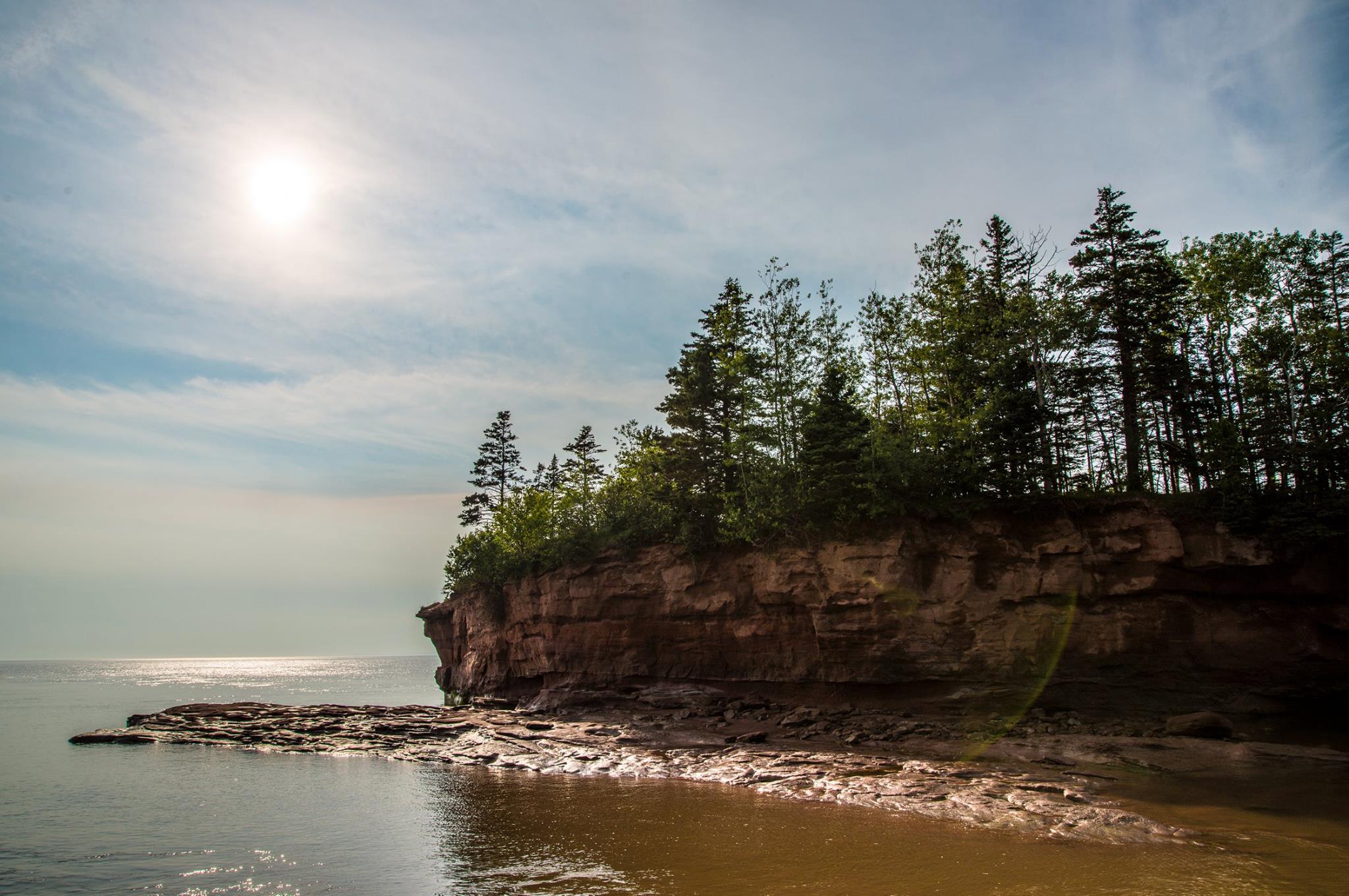When you apply specific composition techniques within a photograph you are creating visual interest within your photo. Think back to the time you saw a particular photo and said “Wow that is a great photo”. Now, try and analyze why you think it is a “wow” image. Usually, there is at least one composition principle being used in the photo.
A strong subject matter can have a lot to do with the interest of the photo. However, a strong subject matter and poor composition may create less engagement with the viewer.
From a scientific point of view, when we use compelling composition in our photography it actually creates more activity in the brain for the viewer. This increased brain activity increases the subconscious feeling of connection and interest within your photograph.
With just a bit of effort and planning, you can dramatically improve your own photography with these simple techniques.
















